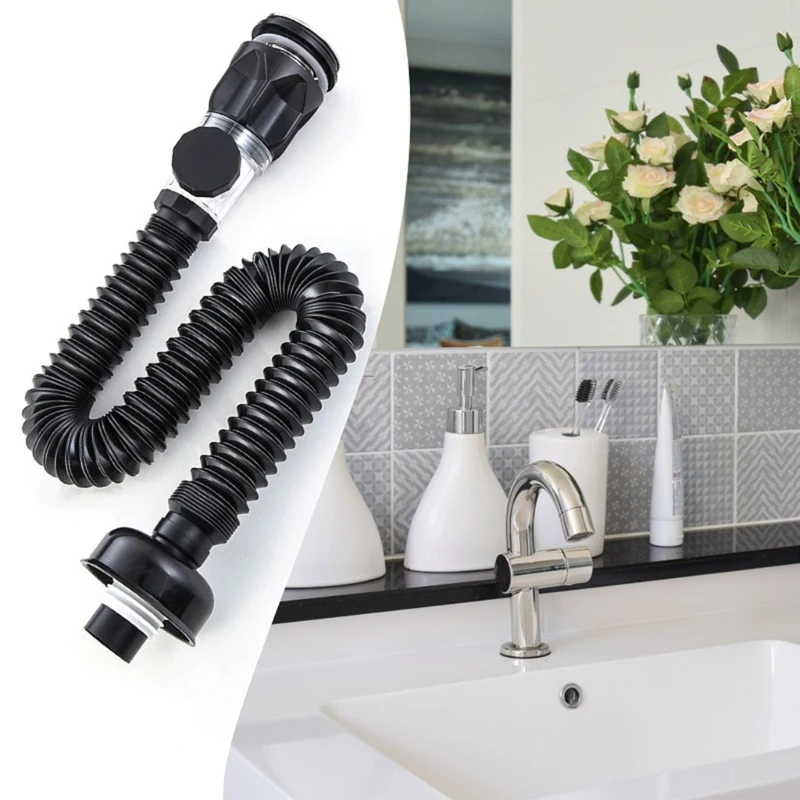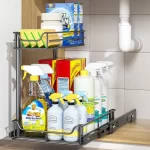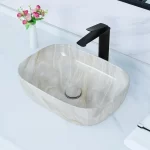Introduction: The Plunge into Plumbing Woes
A blocked sink drain is a common household nuisance that can quickly escalate from a minor inconvenience to a full-blown plumbing emergency. The slow draining of water or the complete refusal to drain signals a blockage that requires immediate attention. This comprehensive guide, “Unblocking 101,” delves into effective DIY solutions, preventive measures, and professional interventions to restore the flow and keep your sink draining smoothly.
Understanding the Causes: Identifying the Culprits
Before diving into fixes, it’s crucial to understand what causes sink drains to block. Common culprits include food scraps, hair, soap scum, grease, and foreign objects accidentally dropped down the drain. Identifying the likely cause can help determine the most effective unblocking method and prevent future occurrences.
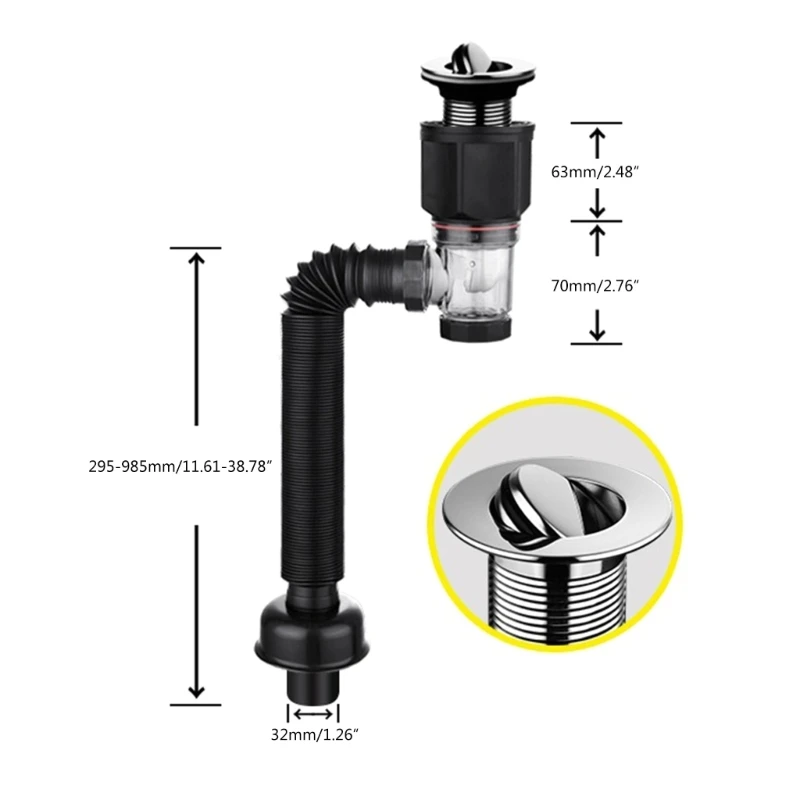
DIY Basics: The Art of Manual Removal
The Trusty Plunger
The first line of defense against a clogged sink is often the humble plunger. Ensure you use a cup plunger designed for sinks, not a toilet plunger. Place the plunger over the drain, fill the sink with a few inches of warm water, and plunge vigorously, creating suction to dislodge the obstruction.
The Snake Route
When plunging fails, consider using a drain snake or auger. This flexible tool can navigate through the pipes, physically hooking and removing hair or solid obstructions. Start gently and work your way deeper if necessary.
Chemical vs. Natural Remedies: Balancing Effectiveness with Safety
Chemical Drain Cleaners: Cautionary Measures
While they can be effective, caution is vital due to their corrosive nature. Always follow package instructions, wear protective gear, and avoid using them on older pipes or those with septic systems.
Natural Alternatives: Safe and Eco-Friendly
For a gentler approach, try natural remedies like baking soda and vinegar. Pour half a cup of baking soda followed by a cup of vinegar down the drain. Let it foam for an hour before flushing with hot water. Alternatively, use boiling water or a mix of salt and boiling water for simpler clogs.
Preventive Maintenance: Staying Ahead of Blockages
Regular Cleaning Regimen
Regular cleaning can significantly reduce the likelihood of clogs. Use a drain strainer to catch debris, clean it after each use, and pour boiling water down the drain weekly to clear minor buildups.
Grease Management
Never pour grease or oil down the drain; it solidifies and accumulates over time. Instead, let it cool and dispose of it in the trash.
Hair Control Strategies
Install hair catchers in shower drains to trap hair before it enters the pipes. Regularly remove and clean these traps to prevent buildup.
Professional Help: When DIY Isn’t Enough
Knowing When to Call the Experts
If DIY methods fail, it’s time to call in a professional plumber. Signs that indicate a more severe issue include recurring clogs, sewage backups, or gurgling sounds from the drain, which might signal a larger blockage in the main sewer line.
Advanced Techniques Employed by Plumbers
Professionals may use high-pressure water jetting, which blasts away stubborn clogs with pressurized water, or video camera inspection to visually identify and locate the blockage without invasive digging.
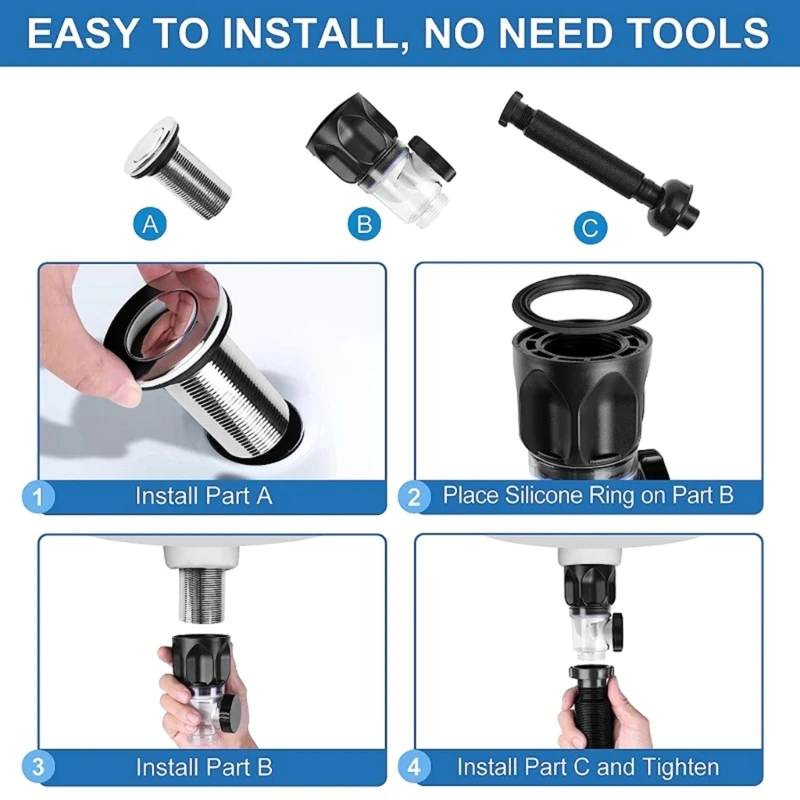
Restoration and Future Prevention
10. Post-Unblocking Care
After clearing a blockage, run hot water for a few minutes to flush out any remaining debris. Consider using enzymatic cleaners periodically to break down organic matter naturally.
Long-Term Planning for Drain Health
Implement a maintenance schedule that includes annual inspections by a plumber, especially for older homes or those with a history of drainage issues. Stay proactive about addressing any signs of slow draining to prevent major blockages.
Innovative Tools & Technologies: The Future of Drain Maintenance
Smart Drain Monitoring Systems
Technology has infiltrated even the realm of plumbing, introducing smart drain monitoring systems. These devices can detect early signs of blockages using sensors and notify homeowners via smartphone apps, allowing for prompt action before a minor issue turns into a major problem.
Eco-Friendly Gels and Foams
Newer, eco-conscious products are entering the market, offering alternatives to harsh chemical cleaners. These gels and foams use natural enzymes or bacteria to break down clogs safely, without harming pipes or the environment.
Hydro-Jetting Innovations
Hydro-jetting technology continues to advance, with newer machines providing more precise control over pressure and flow rates. This not only enhances the efficiency of blockage removal but also reduces the risk of pipe damage during the cleaning process.
Community Awareness & Education
Public Outreach and Education Programs
Local governments and utilities are initiating public awareness campaigns about proper sink drain care and the environmental impact of misuse. Workshops and online resources educate citizens on preventive measures, safe disposal practices, and the consequences of flushing inappropriate items.
Collaborative Drain Maintenance Networks
Neighborhood associations and business communities are forming collaborative networks to share the responsibility and cost of maintaining shared drain systems. Regular group cleanings and inspections ensure that blockages are addressed collectively, fostering a sense of communal responsibility.
Economic and Environmental Impact Assessment
Cost-Benefit Analysis of Proactive Maintenance
Investing in regular drain maintenance and adopting preventive strategies can yield significant long-term savings. Avoiding emergency plumber calls, preventing water damage, and prolonging the life of plumbing systems outweigh the initial costs of maintenance tools and services.
The Environmental Footprint of Drain Blockages
Blocked drains can lead to wastewater backups, polluting local waterways with contaminants and posing health risks. Proper maintenance practices not only protect property but also contribute to environmental conservation by reducing pollution incidents.
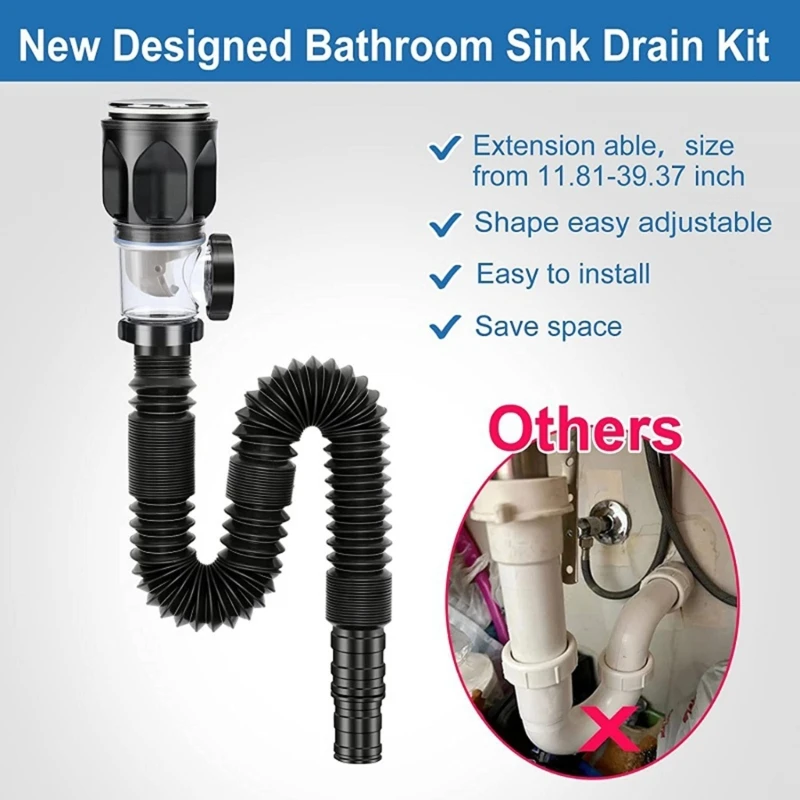
Global Perspectives and Best Practices
International Approaches to Sink Drain Management
Comparing international best practices reveals a wealth of ideas. Cities like Tokyo, known for its advanced sewer systems, employ sophisticated monitoring and cleaning technologies. Adopting successful strategies from around the globe can enhance local drain management practices.
Adapting to Climate Change Challenges
Climate change is exacerbating drainage issues, with increased rainfall intensity leading to more frequent flooding. Communities are integrating climate-resilient infrastructure, such as green roofs and permeable pavements, to manage stormwater runoff and alleviate pressure on traditional drainage systems.
Innovative Technologies in Drain Maintenance
Emerging Technologies for Efficiency
Advancements in technology are transforming drain maintenance, including the use of robotics for inspections and cleaning. Robots can navigate through pipelines, identifying issues before they escalate and precisely removing blockages, thus minimizing environmental disruption and optimizing maintenance efforts.
Smart Drainage Systems
The integration of IoT (Internet of Things) sensors into drainage networks enables real-time monitoring of flow rates, water quality, and potential blockages. This data-driven approach allows for predictive maintenance, swift response to issues, and overall optimization of the drainage system’s performance, contributing to both economic efficiency and environmental protection.
Public Awareness and Engagement
The Role of Education in Drain Care
Raising public awareness about the impacts of misdirected waste and the importance of proper disposal can significantly reduce drain blockages. Educational campaigns and community engagement initiatives empower citizens to be part of the solution, fostering a culture of proactive drain maintenance.
Collaborative Community Efforts
Municipalities are encouraging community involvement through programs such as adopt-a-drain initiatives, where residents or businesses take responsibility for maintaining nearby drains. Such collaborative efforts not only enhance drain health but also strengthen community bonds and promote environmental stewardship.
Policy and Regulatory Frameworks
Regulatory Measures for Sustainable Drainage
Governments are implementing policies and regulations to ensure sustainable drainage practices. This includes mandating regular maintenance schedules for commercial and public properties, setting discharge standards to protect water bodies, and incentivizing the adoption of green infrastructure solutions.
Economic Incentives and Funding
To encourage investment in proactive maintenance and upgrades, governments and local authorities are offering financial incentives such as tax credits, grants, and low-interest loans. These measures aim to offset initial costs and promote long-term thinking in drain management strategies.
Dealing with a blocked sink drain doesn’t have to be a daunting task. With a combination of DIY know-how, preventive maintenance, and timely professional intervention, you can effectively tackle clogs and maintain a healthy plumbing system. Remember, prevention is key, but when faced with a stubborn blockage, “Unblocking 101” provides the roadmap to restore your sink’s functionality and keep your home’s plumbing flowing smoothly.
